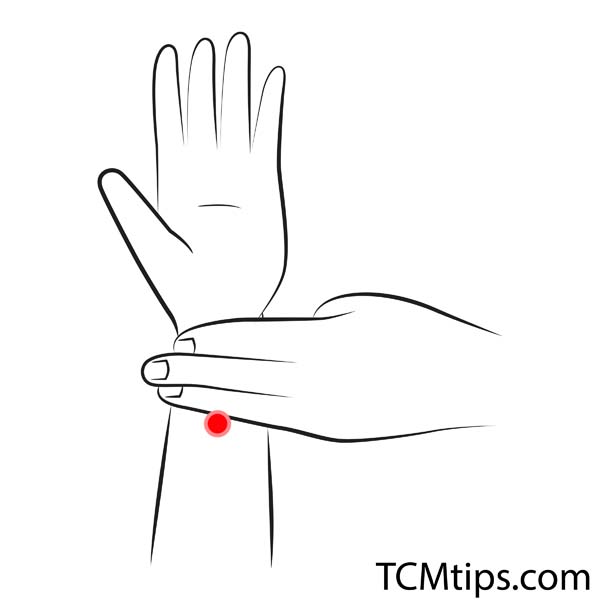Can Your Blood Type Determine What You Should Eat? Uncovering the Blood Type Diet
Have you ever tried a diet that worked wonders for someone else but left you feeling sluggish and unsatisfied? The Blood Type Diet suggests that the secret to finding your perfect diet may lie in your blood type. Created by Dr. Peter D’Adamo, this diet proposes that eating according to your blood type can enhance your health, boost energy, and even help with weight loss. But is there any truth to these claims, or is it just another dieting fad?
What Is the Blood Type Diet?
The Blood Type Diet is based on the idea that different blood types—A, B, AB, and O—interact differently with certain foods. Dr. D’Adamo’s theory is that your blood type influences how your body digests food and responds to it. To optimize your body’s natural processes, this diet encourages you to eat foods that are considered beneficial for your specific blood type while avoiding those that might cause adverse reactions. Here’s a quick breakdown of the recommended foods for each blood type:
- Type A: Best suited for a vegetarian diet rich in fruits, vegetables, tofu, and whole grains, with limited intake of meat and dairy.
- Type B: A balanced diet including meat (but not chicken), dairy, and vegetables, while avoiding wheat, corn, and lentils.
- Type AB: A combination diet pulling from Types A and B, focusing on seafood, tofu, dairy, and green vegetables, while limiting red meat.
- Type O: Recommends a high-protein diet with lean meats, fish, and certain vegetables, and advises against grains and legumes.
Can the Blood Type Diet Improve Your Health?
Supporters of the Blood Type Diet claim it can lead to better digestion, increased energy, and a lower risk of diseases. However, it’s essential to note that these benefits are mostly anecdotal. The effectiveness of the diet may vary from person to person, and it’s crucial to ensure you’re still receiving all the necessary nutrients, particularly if you’re excluding significant food groups based on your blood type.
How TCM and Acupressure Support Digestive Health
Good digestion is vital for any diet, especially one as specific as the Blood Type Diet. Effective digestion allows your body to absorb and utilize nutrients efficiently, ensuring that you reap the full benefits of your dietary choices. Poor digestion can lead to nutrient deficiencies, bloating, discomfort, and reduced energy levels, which can counteract the positive effects of your diet.
Traditional Chinese Medicine (TCM) offers a holistic approach to improving digestion through acupressure. By applying pressure to specific acupoints on the body, you can stimulate digestive function, helping to maintain a balanced and effective digestive system.
Key Acupressure Points for Better Digestion
Here are three acupressure points that can significantly enhance digestion:
- PC 6 (Pericardium 6/Nei Guan/Inner Pass): This point is located about three finger-widths above the wrist crease on the inner forearm. Stimulating PC 6 can help alleviate nausea, calm the stomach, and improve overall digestive health.

- Ren 12 (The Conception Vessel 12/Zhong Wan/Middle Epigastrium): Located on the midline of the abdomen, about four finger-widths above the navel, Ren 12 is a central point for digestive health. Applying pressure here can relieve bloating, indigestion, and abdominal pain.

- ST 36 (Stomach 36/Zu San Li/Leg Three Miles): Found about four finger-widths below the kneecap and one finger-width to the side, ST 36 is essential for strengthening digestion and boosting energy levels.

How to Apply Acupressure for Digestive Health
To use acupressure, gently apply pressure to each point for 1-2 minutes, using your thumb or index finger. As you do this, focus on your breathing and try to relax. Regularly stimulating these acupoints can help you maintain a balanced digestive system, supporting the effectiveness of your diet and enhancing your overall well-being.
If you’re interested in learning more about how acupressure can relieve digestive discomfort, check out our comprehensive guide on pressure points for indigestion.
Conclusion
The Blood Type Diet presents an interesting approach to personalized nutrition, but it’s important to consider your overall nutritional needs. Whether or not you decide to follow this diet, incorporating TCM practices like acupressure can be a beneficial way to support your digestive health and enhance your overall wellness. Always consult with a healthcare professional before making significant changes to your diet or health routine.

Try our Anti-Aging Gua Sha Tool designed to bring out your skin’s natural glow.
Best Gua Sha Product- Anti-Aging: The tool is designed to target 11 specific aging signs such as wrinkles and sagging skin. By following the 7-step routine, users can improve skin firmness and reduce fine lines naturally.
- Enhances Skincare Routine: It works effectively with serums and lotions, boosting absorption and efficacy of skincare products.
- Visible Skin Improvement: Users can expect a smoother complexion, reduced puffiness, and a more youthful appearance.
 P. Sze
P. Sze 

















